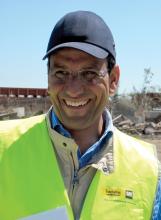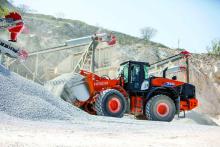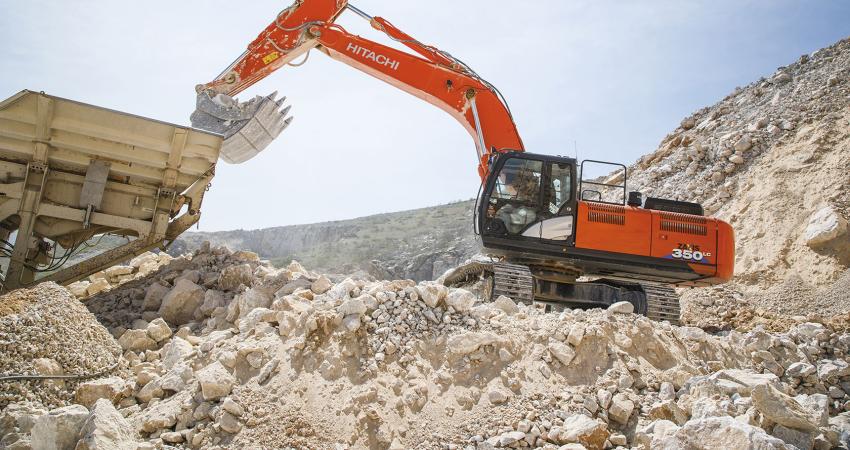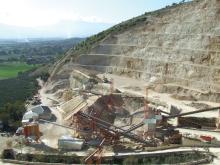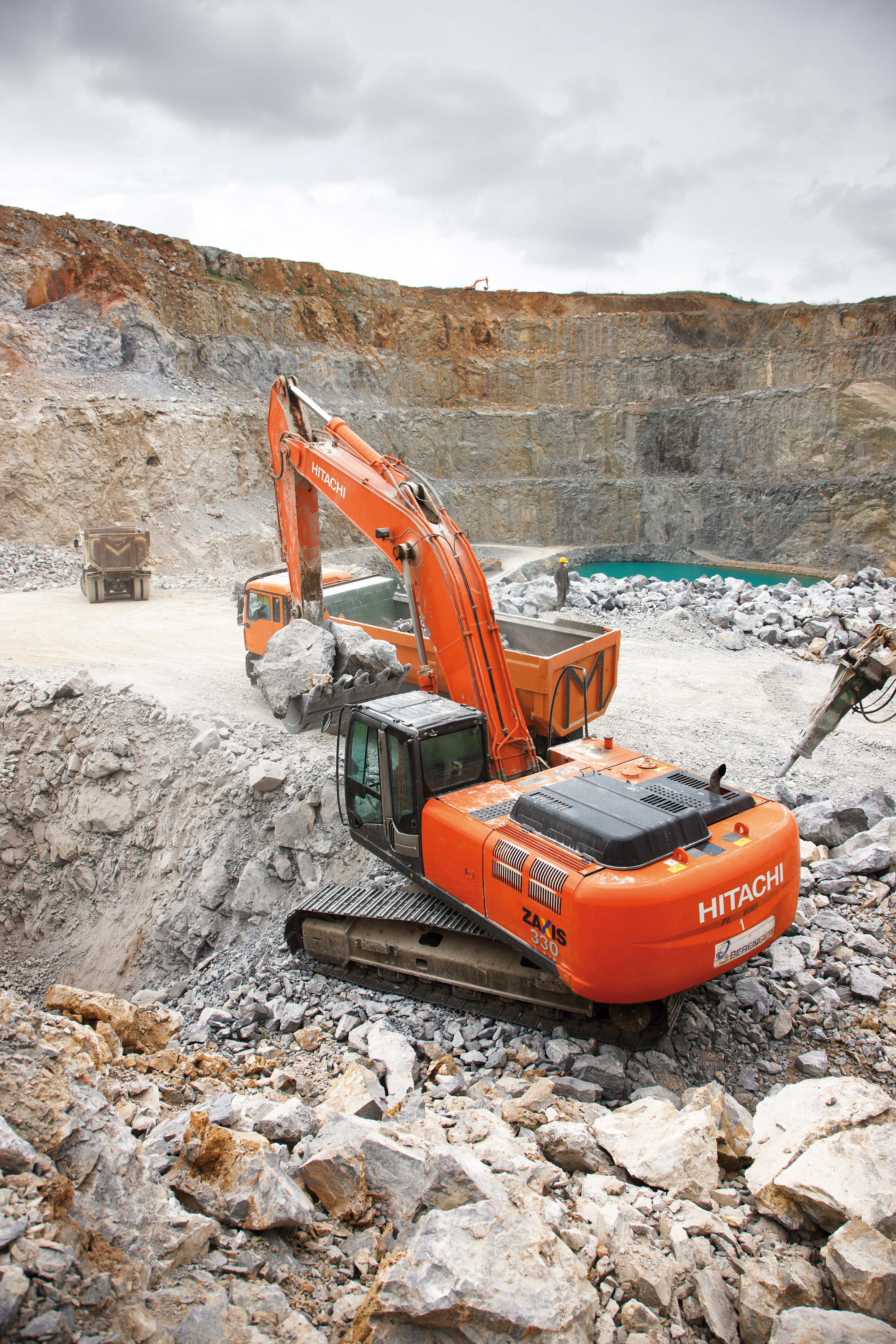
Construction of a new highway across Morocco is placing high demands for aggregates along the route and Agregat Oued Cherrat is work to supply the project
Government investment in a modern motorway network in Morocco means the country is a hive of activity with around 1000km of route planned for construction in the next five years. The schemes have attracted contractors from around the world but the aggregates for the work are being sourced more locally.
One such operation that is benefitting from the motorway demand exists near the town of Benslimane, situated north of Casablanca. Agregat Oued Cherrat (AOC) owns the largest (65ha) of the 14 quarries in this region and investment in modern equipment is helping the company to supply the aggregates needed by the road works.
The site was originally purchased by AOC in 1993 and Mohammed Haj Manna successfully ran the quarry until his death in 2003. The family connection was rekindled when his son Jamal Ait Manna joined the management team in October 2008.
"That year, it was decided that AOC should upgrade its machinery and so we looked for a suitable partner," said Manna. "I was familiar with the
"AOC has already had a good experience with Hitachi excavators," explains Jamal. "Berenger has showed its confidence in the machines by providing an extended warranty package and a stock of spare parts for the site.
"We calculate the cost per tonne and the Zaxis excavators have helped to reduce this figure in recent times. In fact, we are so satisfied with this level of performance that we have now ordered a fourth one."
AOC employs 151 staff, including the truck drivers and excavator operators, who work in two ten-hour shifts. In practice this means that the site is fully operational from 7am until 2am.
The limestone in the quarry is blasted daily during the first shift's lunch break. The raw material is then loaded on to AOC's fleet of 17 trucks. Seven thousand tonnes of limestone are excavated per day (the equivalent of one million tonnes per year). It is hoped that the annual output will increase to 1.8million tonnes in 2010 with the investment that has been made in the new machinery. This will also see a projected 59% increase in turnover.
The trucks unload the material into the separator, which removes the limestone from the soil. The limestone is then processed by three primary crushers while the soil is used to refill the site. The heaps from the primary crushers are then processed through the three secondary crushers, after which the materials are further separated by two units into four different sizes of aggregates: from 0-3mm to 15-25mm.
Around 30% of the materials are delivered to companies within an average distance of 80km, but the majority is collected by customers. Almost 80% of AOC's business is in the concrete sector and the remainder is dedicated to supplying aggregates to the expanding road construction market.
"AOC is proud of the standard of service it passes on to its customers and we feel that this gives us a competitive advantage," continued Manna. "For example, we can vary the quantities of the different grades of aggregates produced to match demand and work into the night if necessary."

